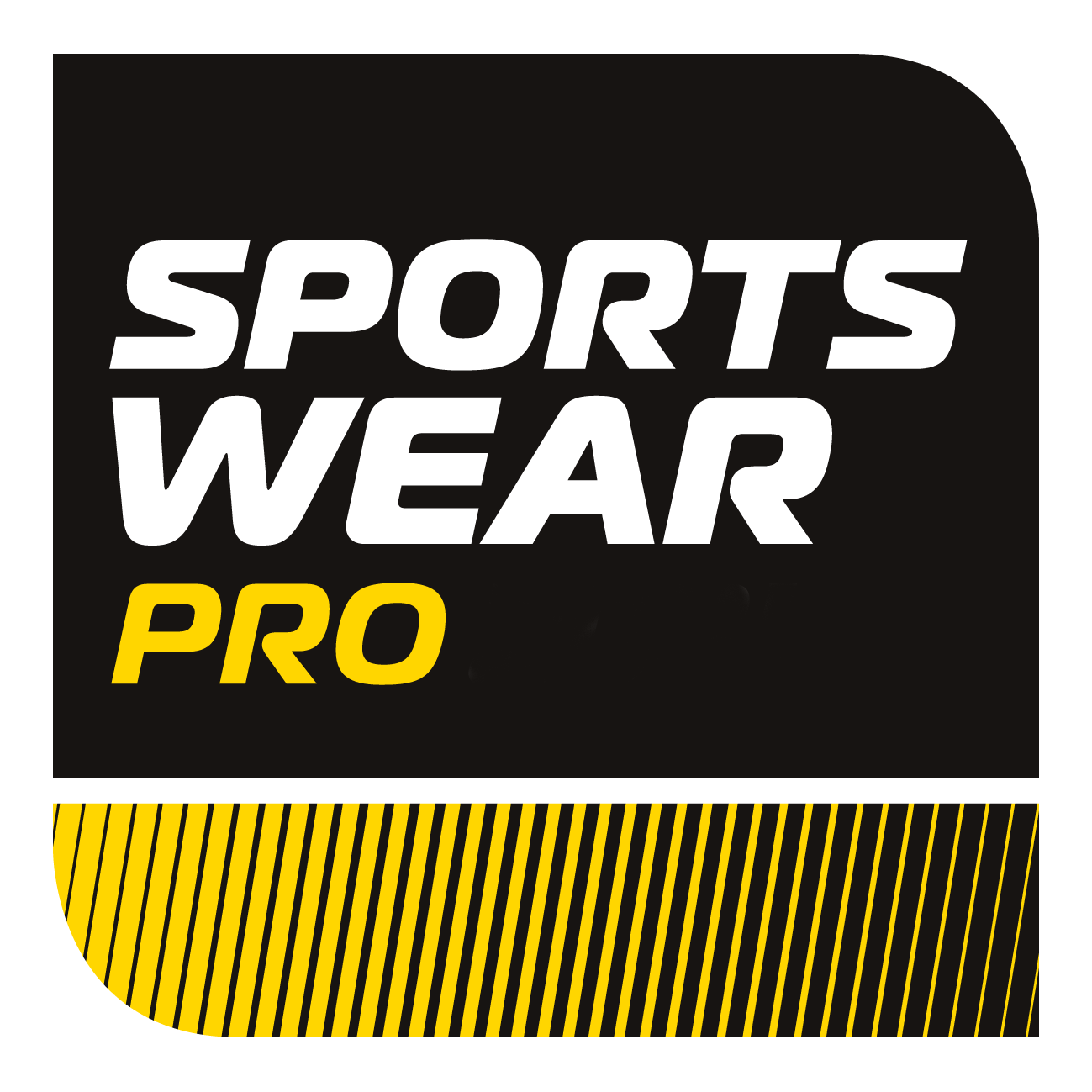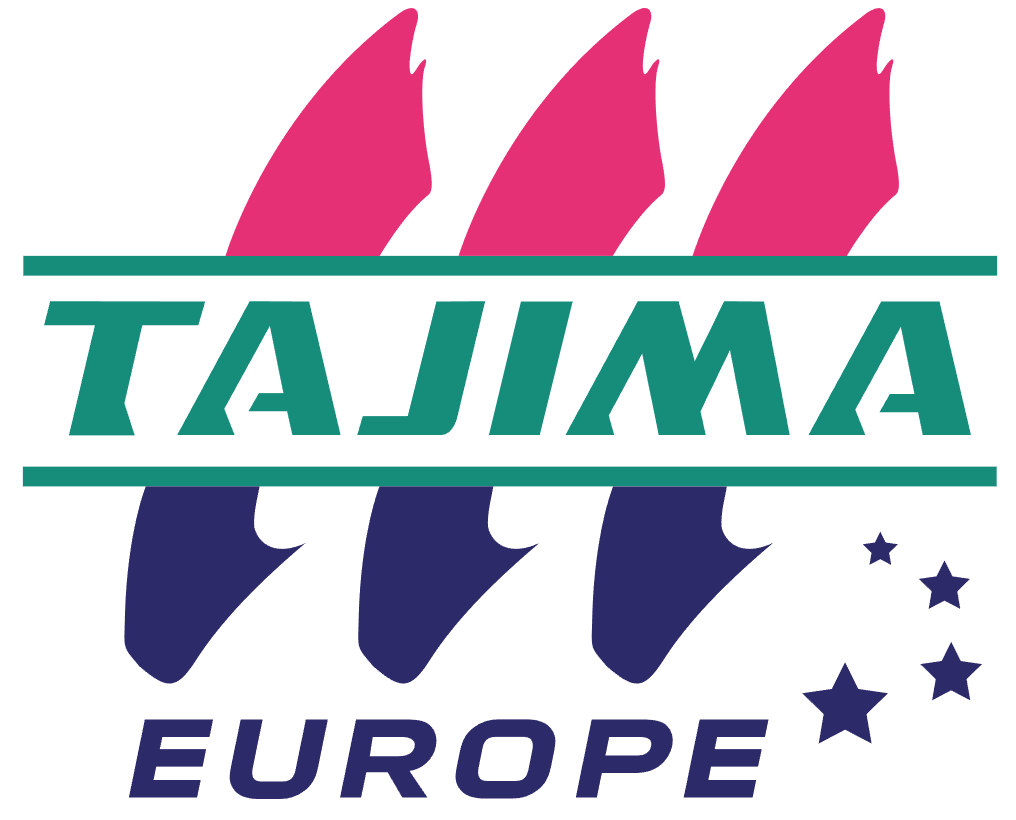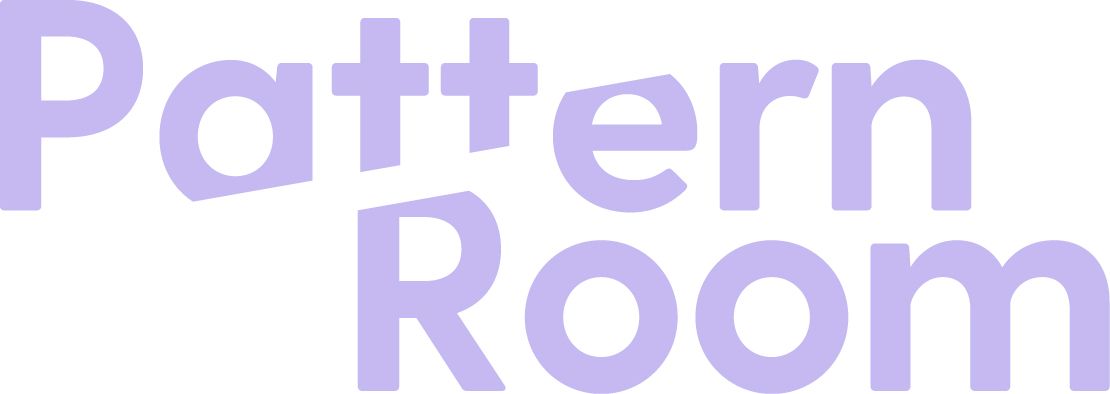Smart Wearables – A New Dawn of Possibilities for Textile Printers
)
With the global smart textile market size predicted to reach USD 5.55 billion by 2025, there has never been a more exciting time to explore the new possibilities that recent technology innovations are enabling, particularly in the field of sportswear. So what exactly are smart wearables, and what do they mean for textile printers and manufacturers?
When people hear the terms “smart wearables” and “wearable tech”, activity trackers such as Fitbits are often the first items that spring to mind, but the technology is about to be integrated into our lives further. Thanks to engineering advancements that have enabled smart materials to be smaller and thinner, technology can now be incorporated into fabrics to create intelligent garments that can not only deliver enhanced performance and durability, but also collect data from the user. The sportswear industry is leading the adoption of smart textiles, and it is clear that textile print specialists will play a major role in facilitating the major shifts that are taking place in the new purpose and functionality of sportswear.
Graphene is one such smart material that shows promise for sportswear due to its high conductivity and flexibility. Screen printing and transfer technologies have paved the way for the integration of materials such as graphene into garments. It can be said that the future of screen printing will be in high-tech performance products, as smart materials will be incorporated into any area of a garment that includes a logo or graphics to make the item not only visually appealing, but also giving it a smart purpose. In the future, the sportswear garment will be the key source of a multitude of information about the wearer, not only monitoring and tracking performance but also delivering new levels of intelligence, such as alerting the wearer if injury is deemed imminent.
It will not take long for the technology used by athletes to become ubiquitous in the wider athleisure consumer market. We are already seeing brands like Oakley leverage the conductive properties of graphene, in the form of its Graphene Aero Jersey. Developed with Directa Plus G+® Graphene technology, the front and back panels of this sports top dissipate heat as it pulls it from the wearer.
Marina Toeters, the Dutch fashion technologist and smart wearables expert, believes that clothing should take care of its owner. She has spent over a decade making smart garment prototypes for the sportswear sector, among others, and has brought to market a range of everyday athleisure garments with smart capabilities. The clothes are conceived for women to wear during regular office work and to a yoga or light training session, without the need for an outfit change. Sensors are embedded in the upper back of the garments, tight to the skin, to allow the wearer to learn more about her own breathing patterns and heart rhythms, helping to promote self-awareness. This is just one example of how smart wearables can provide new insights into how we respond to stressful environments and stress-relieving activities.
Visitors to Sportswear Pro can expect to see some very exciting developments from a whole range of machinery suppliers committed to bringing innovations to market that will facilitate the manufacturing of smart wearables. Combined with the technology leaps that are taking place in parallel in direct-to-garment printing for mass customisation and personalisation [IW1] , it’s clear that sportswear is a very exciting industry to be in, and textile printers and manufacturers should be poised to harness these significant new revenue streams.
For more information on Sportswear Pro 2020 visit: https://www.sportswearpro.com/. For free entry, please enter code SWPM205 when registering online.

















